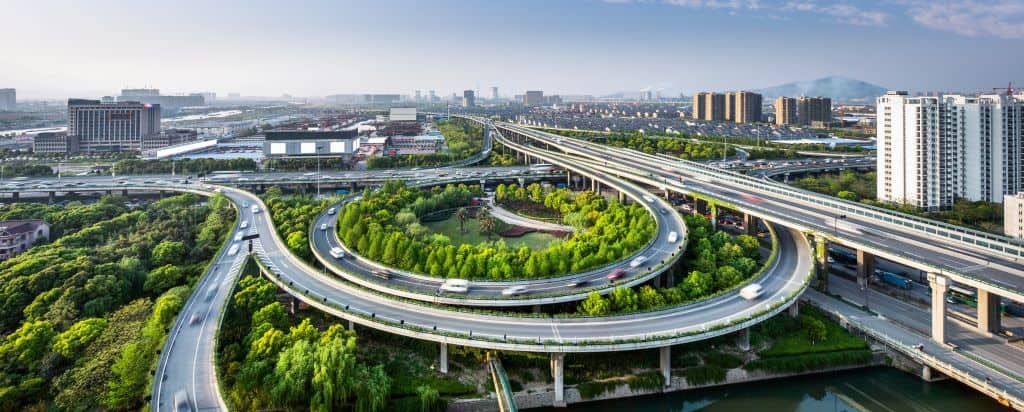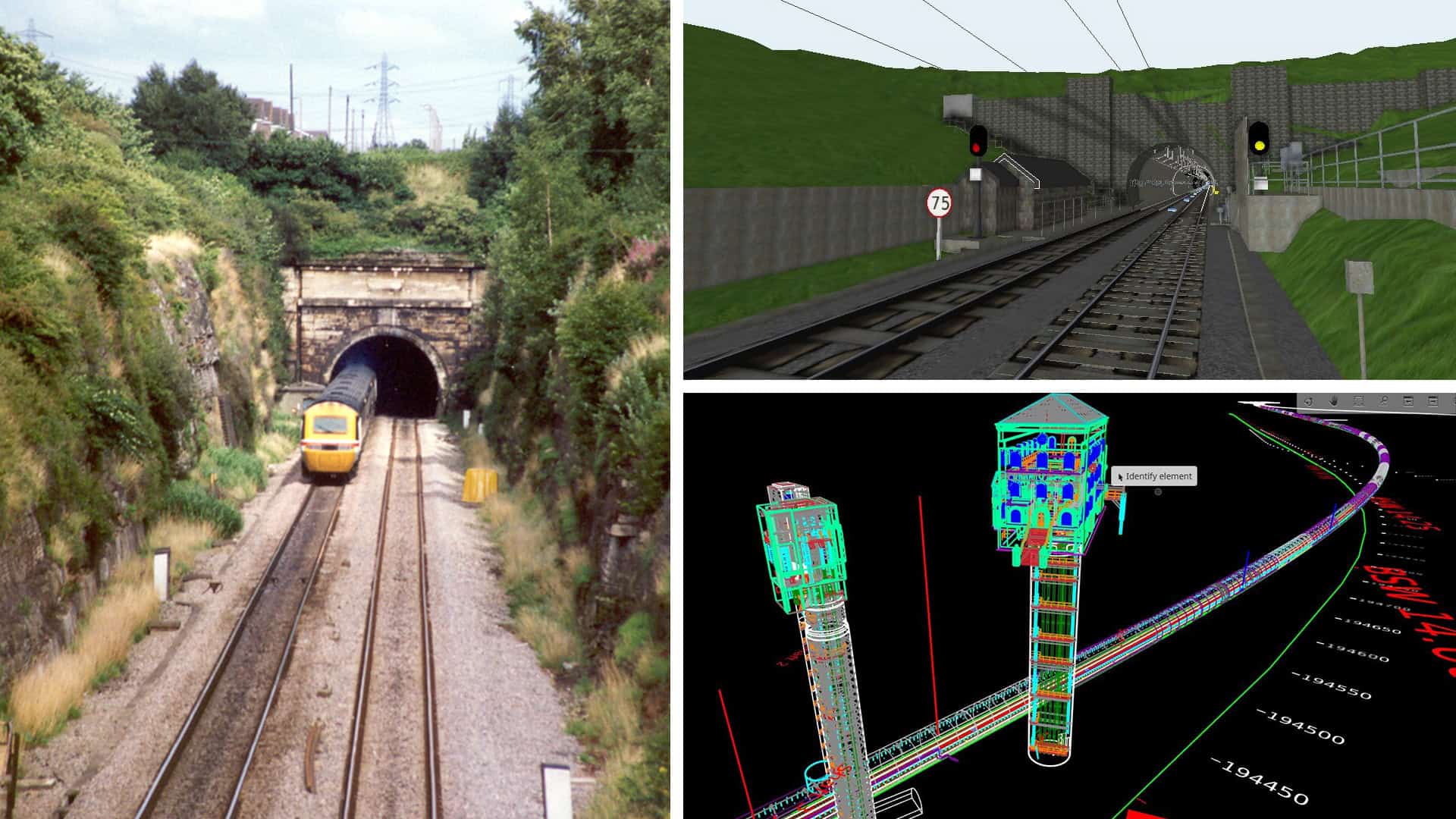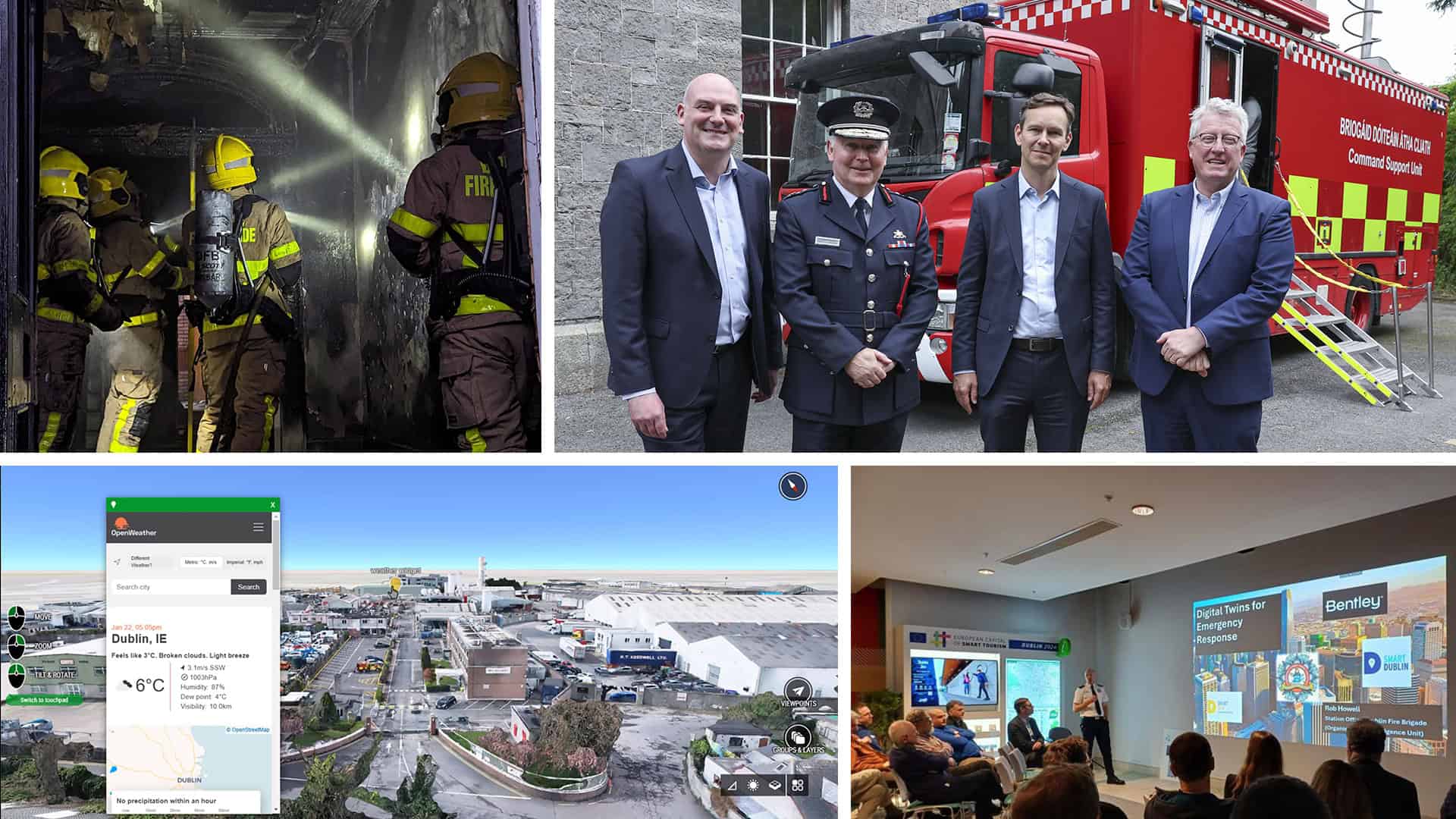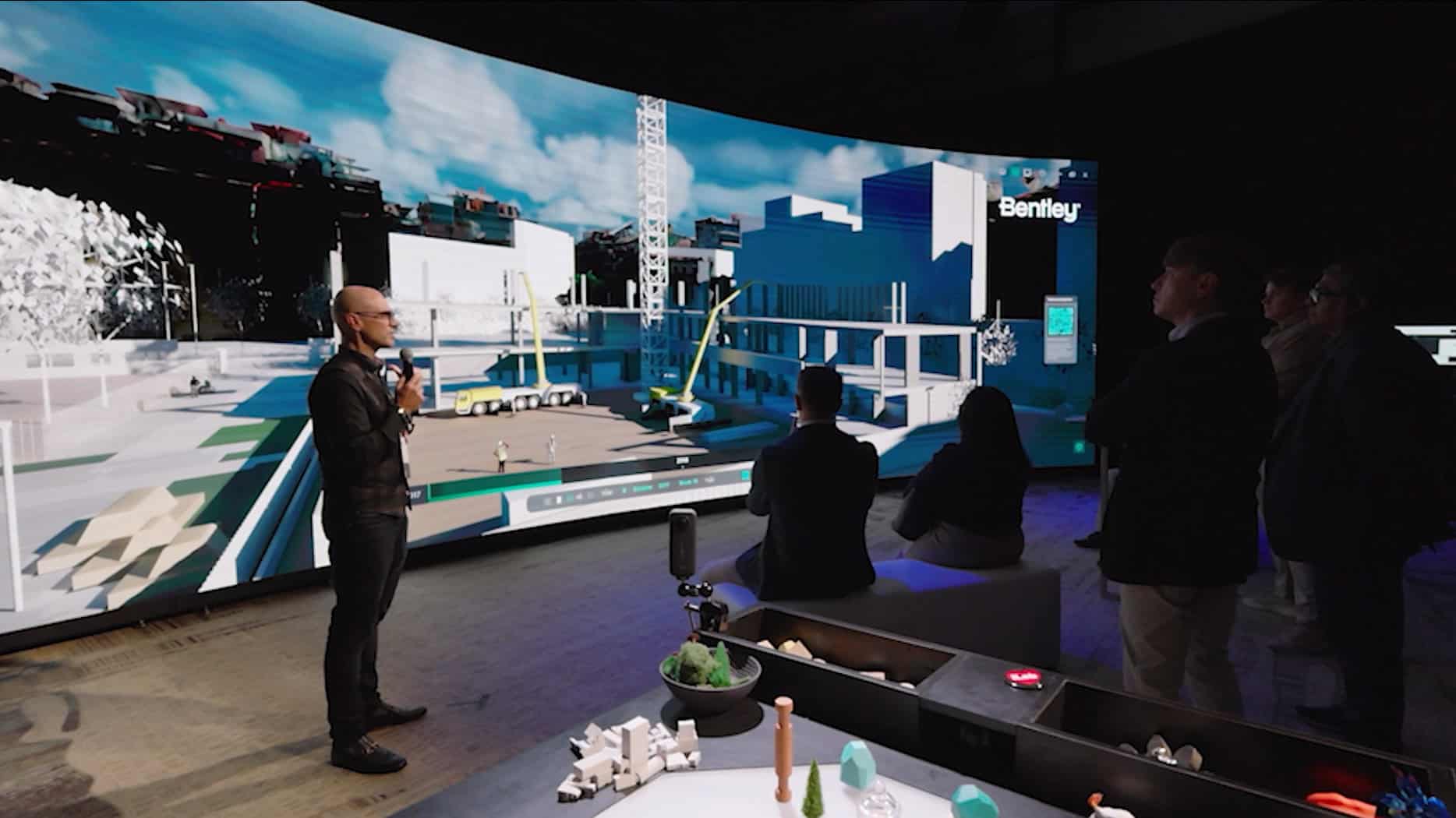Kaustubh Page, Bentley’s Director of iTwin Platform Management, also contributed to this post.
The race to cut carbon in half by 2030 is starting to heat up.
According to a recent report by the UN’s World Meteorologist Organization, the world is headed for “uncharted territory”, with average global temperatures expected to breach the 1.5C climate threshold at least once by 2027. The agency predicts a warming El Nino, combined with human-induced climate change, will have “far-reaching repercussions for health, food, security, water management and the environment.”
With infrastructure responsible for 79% of total greenhouse gas emissions and 88% of all adaptation costs (UNOPS), the world needs rapid and unprecedented transformation to achieve sustainable development goals (SDGs) and future-proof infrastructure.
At the same time, engineering firms are struggling to find talent. There are simply not enough engineers graduating from college to fulfil the growth in project pipelines, particularly for the projects that require extensive knowledge about environmental sustainability. This is compounded by a change in required skill sets and an aging and retiring workforce.
In the U.S., more than half of engineering firms are turning down work due to workforce shortages. The infrastructure sector is looking to increase capacity by leveraging digital technologies to improve efficiency and effectiveness.
Addressing Sustainability Priorities with Technology
So, where do we start? The good news is that the green transition and digital transition go hand-in-hand. We can start now, right where we are, using existing digital technologies, such as digital twins, to decarbonize infrastructure and make it more resilient while also helping to address productivity and talent gaps.
With the help of digital twins, we can dramatically accelerate decarbonization now while reducing costs, even in hard-to-abate sectors like construction, water, electrical utilities, and transportation. Digital twins can help project teams visualize and analyze data, enable better-informed decisions for reducing waste, and lower carbon emissions in the construction and operation of infrastructure.
Introducing Carbon Assessment in iTwin Experience
In order to decarbonize, engineers first need to understand a project’s potential and realized upfront embodied carbon. Calculating embodied carbon in infrastructure projects can typically take engineers several months to accomplish and is often cost-prohibitive, especially when changes in a project or asset lead to changes in embodied carbon. Considering the carbon reduction targets the world is facing, the current process is not working.
Digital twins are crucial for decarbonizing infrastructure by ensuring carbon assessment and optimization throughout the asset lifecycle – starting in the early design stages and generating carbon insights faster at scale. Bentley’s iTwin Experience unlocks the value of this data – along with a host of additional data sets – for owner operators and their stakeholders to visualize, analyze, interact, and gain insights into critical infrastructure via digital twins.
In 2022, Bentley developed an integration service in the iTwin Platform to automate the process of generating embodied carbon reports for infrastructure projects via One Click LCA and EC3. Reports are initiated using the iTwin Platform and then viewed in One Click LCA or EC3. Now, iTwin Experience provides a ready-to-go, bi-directional integration with EC3, enabling carbon assessments to be visualized in a digital twin without the need to write code. iTwin Experience exports a data model to EC3, a free tool for which users need to be separately registered, which performs the embodied carbon calculations and returns results that iTwin Experience seamlessly reads and visualizes.
The capabilities are being released in Preview and will be available for a restricted number of partners and early adopters.
Carbon Calculation Reporting: 6 Months to 6 Minutes
By using embodied carbon assessment capabilities in iTwin Experience to automate workflows, repetitive tasks, and calculations, environmental consultants and project managers in the AEC industry can focus on higher-value activities such as data analysis and simulating outcomes for informed decision-making. These efficiencies can ultimately free up time to develop more innovative decarbonization strategies (e.g., optimizing design or procurement for reducing carbon) rather than spending that time on data conversions and manual calculations.
In some cases, users who implemented the carbon calculation capability shared that it reduced the amount of time spent on carbon reporting from 6 months to 6 minutes by completely automating the ETL workflow (data extraction, transformation and loading workflow). Imagine a new world where infrastructure professionals – on any type of infrastructure – can handle an increased number of projects, accelerating and optimizing decarbonized infrastructure in the short time we have, with automation mitigating the current talent shortage, particularly around sustainability and environmental engineering.
This rapid generation of carbon insights can help facilitate timely and valuable discussions, feedback loops, and iterative improvements, leading to significant acceleration of decarbonization efforts across various infrastructure projects, sectors, and geographic regions. Automating this workflow also opens the door to apply artificial intelligence and machine learning (e.g., using generative design) to the data behind those carbon insights.
Mark Tablante, Design Technology, Director with Burns & MacDonnell, shares, “Electrification is a critical component to meeting the world’s decarbonization goals. There is a tremendous amount of capital investment needed in electric T&D infrastructure and a carbon-efficient design makes the most of every dollar spent to further decarbonization. Tracking and reporting on progress toward utilities’ net zero goals is important to not only their shareholders, but for the future of our world. Burns & McDonnell is working with Bentley to test their new iTwin-powered carbon reporting capabilities for the electric utility industry. Our sustainability engineers and environmental group are proud to work with our clients and technology partners to help develop vendor agnostic solutions for a brighter future. We look forward to integrating these services and continuing helping our clients track carbon and reach their net zero goals.”
As the world progresses toward more ambitious climate targets and evolving sustainability standards, carbon assessment capabilities in iTwin Experience are built to adapt and evolve to meet the changing requirements that might come our way.
The Time is Now
The world is navigating uncharted territory presented by climate change and needs rapid and unprecedented adaptation to achieve SDGs and future-proof infrastructure. Because digital transition and sustainable development goals go hand in hand, we can employ digital twin solutions as an enabler and accelerator for real-world change. And, by adopting open ecosystem collaboration, we can fill the gaps and accelerate a successful transition when decarbonizing even the largest of infrastructure projects.
Many early movers are already implementing low-carbon, climate-resilient pathways to deliver results which, in many cases, include reduced costs. Now is the time for you to join them.
Explore stories about how Bentley users are helping to address the United Nations Sustainable Development Goals through the infrastructure projects on which they work by visiting here.










